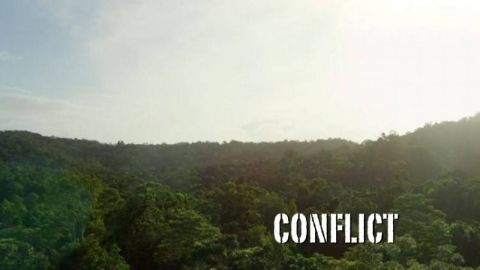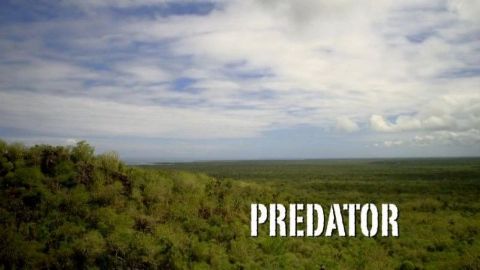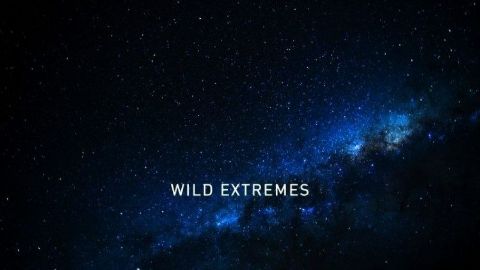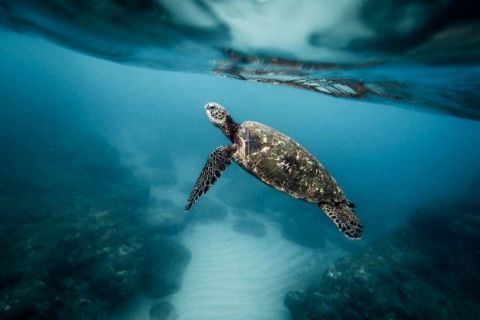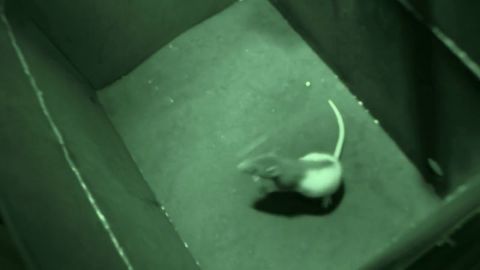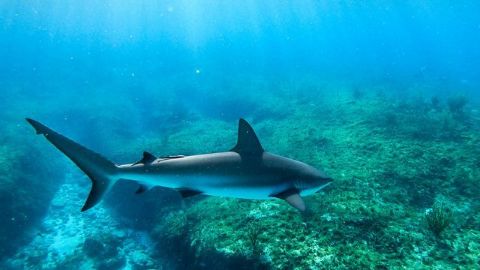Predator • 2013 • episode "2" • Micro Monsters with David Attenborough
The broadcaster continues his bug-eyed view of the world of creepy-crawlies, revealing how predators defuse the defences of their prey. Highlights include the cockroach wasp, busy preparing a tasty - and very live - treat for its young, the whirligig beetle, which employs a water-based radar system, and the jumping Portia spider, which feeds on other arachnids.
Make a donation
Buy a brother a hot coffee? Or a cold beer?
Hope you're finding these documentaries fascinating and eye-opening. It's just me, working hard behind the scenes to bring you this enriching content.
Running and maintaining a website like this takes time and resources. That's why I'm reaching out to you. If you appreciate what I do and would like to support my efforts, would you consider "buying me a coffee"?
Donation addresses
BTC: bc1q8ldskxh4x9qnddhcrgcun8rtvddeldm2a07r2v
ETH: 0x5CCAAA1afc5c5D814129d99277dDb5A979672116
With your donation through , you can show your appreciation and help me keep this project going. Every contribution, no matter how small, makes a significant impact. It goes directly towards covering server costs.
